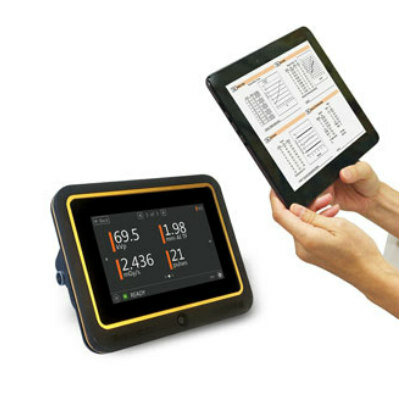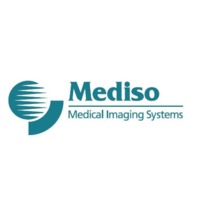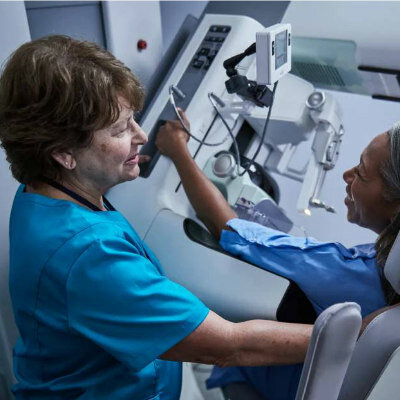Orthothopedic Imaging Research Network Has Tools to Help Improve Joint Replacement Outcomes
By MedImaging International staff writers
Posted on 13 Apr 2011
New imaging technology for orthopedic research is the basis for a network connecting medical facilities in Halifax, Winnipeg, and Montreal, Canada. The network will provide surgeons with clinical research measurement tools that are accurate and efficient to help improve outcomes for patients receiving joint replacement implants.Posted on 13 Apr 2011
The technology was developed by Halifax Biomedical, Inc. (HBI; Mabou, Nova Scotia, Canada) and features Canon products. The first of its kind in Canada, the new network includes Capital Health in Halifax; Concordia Hip and Knee Institute (CHKI) in Winnipeg; and L'Hôpital Maisonneuve-Rosemont in Montreal. Participating facilities will combine their orthopedic research capabilities by standardizing imaging equipment, imaging procedures, and image analysis through HBI.
Each research facility within the Canadian RSA (radiostereometric analysis) network will use the same Halifax SR (stereo radiography) suite. Developed by HBI in conjunction with Canon Canada-authorized dealer Horizon Medical Services, Ltd. (Mississauga, Ontario, Canada), the Halifax SR Suite features Canon technology and enables the capture of RSA images. These three-dimensional (3D) images provide orthopedic surgeons with much greater accuracy compared to traditional X-rays.
During surgery, a patient's bones are marked with special metal markers (about the size of a small poppy seed) that show up in an X-ray. RSA imaging simultaneously provides two X-ray images of a patient's joint. Specialized software determines the location of the special markers to measure how the patient's implant has settled into the bone. Engineers and scientists conduct measurements at different time points or under different loads to evaluate whether a joint replacement has become loose. It has been shown that RSA is so accurate that problem implants can be detected before failure, earlier than other methods for joint replacement monitoring.
"RSA is a unique, powerful monitoring tool that helps surgeons accurately and quickly assess patient recovery after a knee or hip replacement,” Dr. Michael Dunbar, a leading researcher with Capital Health in Halifax. "RSA enables us to improve patient care as well as make most effective use of resources.”
By using similar equipment and HBI's centralized database for analysis, participating hospitals can increase their capacity for clinical trials. As a network, hospitals will be able to jointly recruit more patients and collect greater amounts of data in less time, for true multisite trials. For patients looking at joint replacement surgery, research conducted through the network will help surgeons make decisions on the best implant for their patients, by helping to predict better the long-term viability of the joint replacement.
At the basis of HBI's SR imaging suite, is Canon's CXDI-55C portable flat-panel detector. Implemented by Canon Canada partner Horizon Medical Services, Ltd., the Canon technology was selected for its high-quality images, both from a clinical X-ray perspective and for its ability to capture stereo X-ray images that allow researchers to make very accurate measurements of implant position and migration.
Related Links:
Halifax Biomedical
Horizon Medical Services
Canon USA














